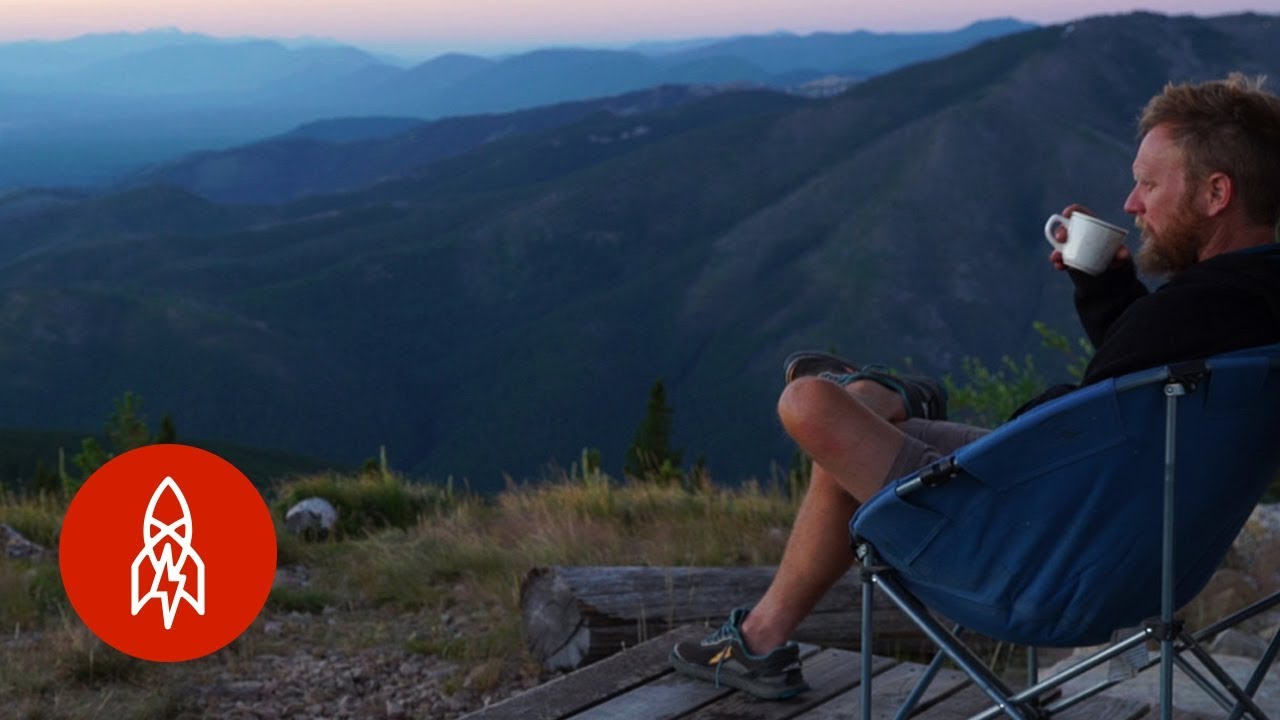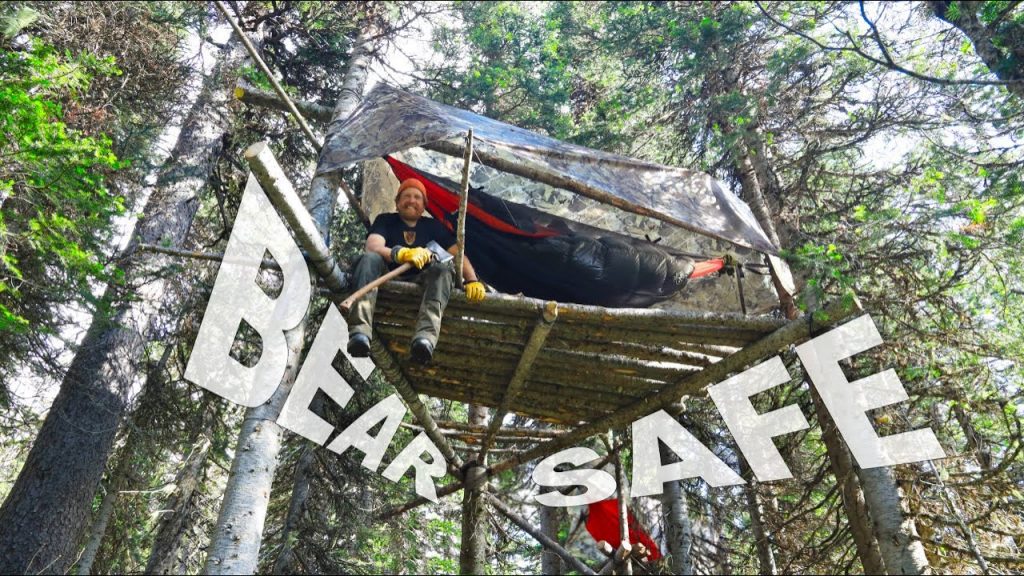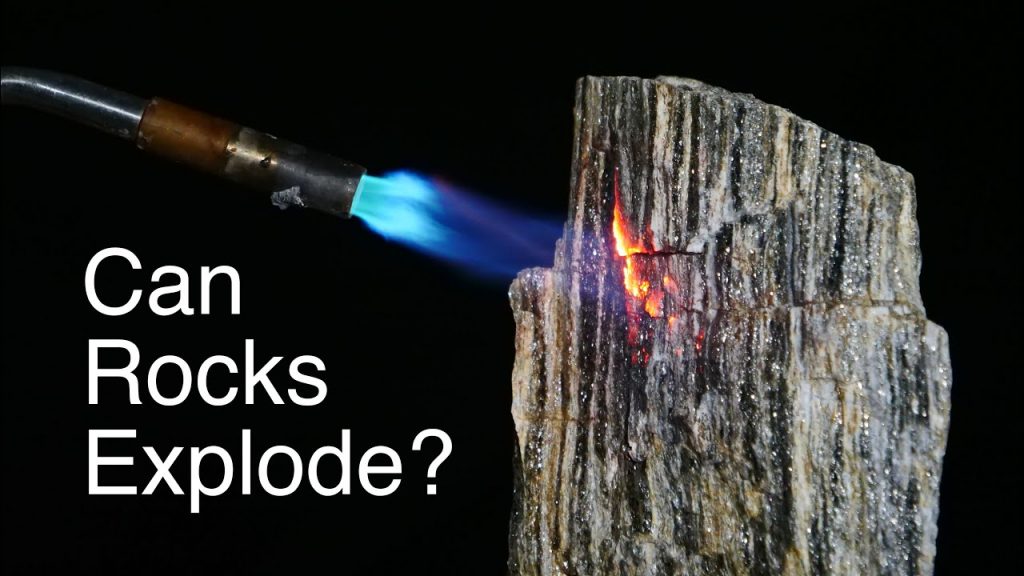The Quiet Life of the King of the Mountain

For the past 24 years, Leif Haugen has spent his summers living alone atop a mountain in Montana’s pristine wilderness.
As a fire lookout for the U.S. Forest Service, Leif is charged with protecting the surrounding landscape, watching for signs of fire from his solitary perch. Spending up to two weeks alone at a time, he spends his days unwinding amid the peace and quiet, watching as the world passes him by.
What are some of the main threats to the survival of snow leopards, and how are conservation efforts working to address them?
The life of a king is often associated with grandeur, power, wealth, and influence. Yet, there is a king who lives a simple, private, and peaceful life. This king is not a monarch ruling over a country, but the king of a mountain. He lives in the heart of nature, away from the noise and chaos of the world. This article will delve into the quiet life of the king of the mountain.
The king of the mountain is none other than the snow leopard, also known as the ghost of the mountains. Snow leopards are solitary animals that inhabit the high altitudes of Central Asia, including the Himalayas, the Tibetan plateau, and the Altai mountains. They are well adapted to living in extreme cold and rocky terrain, where they hunt for prey such as ibex, bharal, and marmots.
Unlike other big cats, such as lions and tigers, snow leopards do not roar. Instead, they communicate through various sounds such as hissing, growling, chuffing, and meowing. Their coat is one of the most beautiful and distinctive among all felines, with a golden base color and black rosettes and spots. Their long and thick tail helps them balance and keep warm, while their wide paws function as snowshoes and grips for climbing.
The life of the king of the mountain is not an easy one. Snow leopards face numerous threats that endanger their survival. The main threats are habitat loss and fragmentation due to human activities such as mining, logging, and agriculture. Poaching is another major threat, as snow leopards are hunted for their fur, bones, and organs, which are prized in traditional Chinese medicine. Climate change is also taking a toll on snow leopard habitats, as it affects the availability of prey and alters the balance of ecosystems.
Despite these challenges, the king of the mountain persists, adapting to ever-changing circumstances. Snow leopards have a low reproductive rate, with females giving birth to one or two cubs every two years. However, they are also very elusive, making it hard for researchers to estimate their population size accurately. Conservation efforts have focused on protecting and connecting snow leopard habitats, reducing human-wildlife conflicts such as livestock depredation, and engaging local communities in conservation initiatives.
The quiet life of the king of the mountain may not attract as much attention as the life of other kings, but it is a life worth admiring and preserving. Snow leopards remind us of the beauty and majesty of nature, and the importance of protecting it for future generations. We can all contribute to this cause by supporting conservation organizations, reducing our ecological footprint, and raising awareness about the plight of the king of the mountain. May his reign be long and prosperous, and may his kingdom remain a symbol of resilience, diversity, and harmony.










Inside the WORLD’S BIGGEST CLOSET
Pemmican – The Ultimate Survival Food
Abandoned Mine Diving
These Mansions Have Backyard Waterparks And Insane Pools
There’s A Poop Crisis At The Border